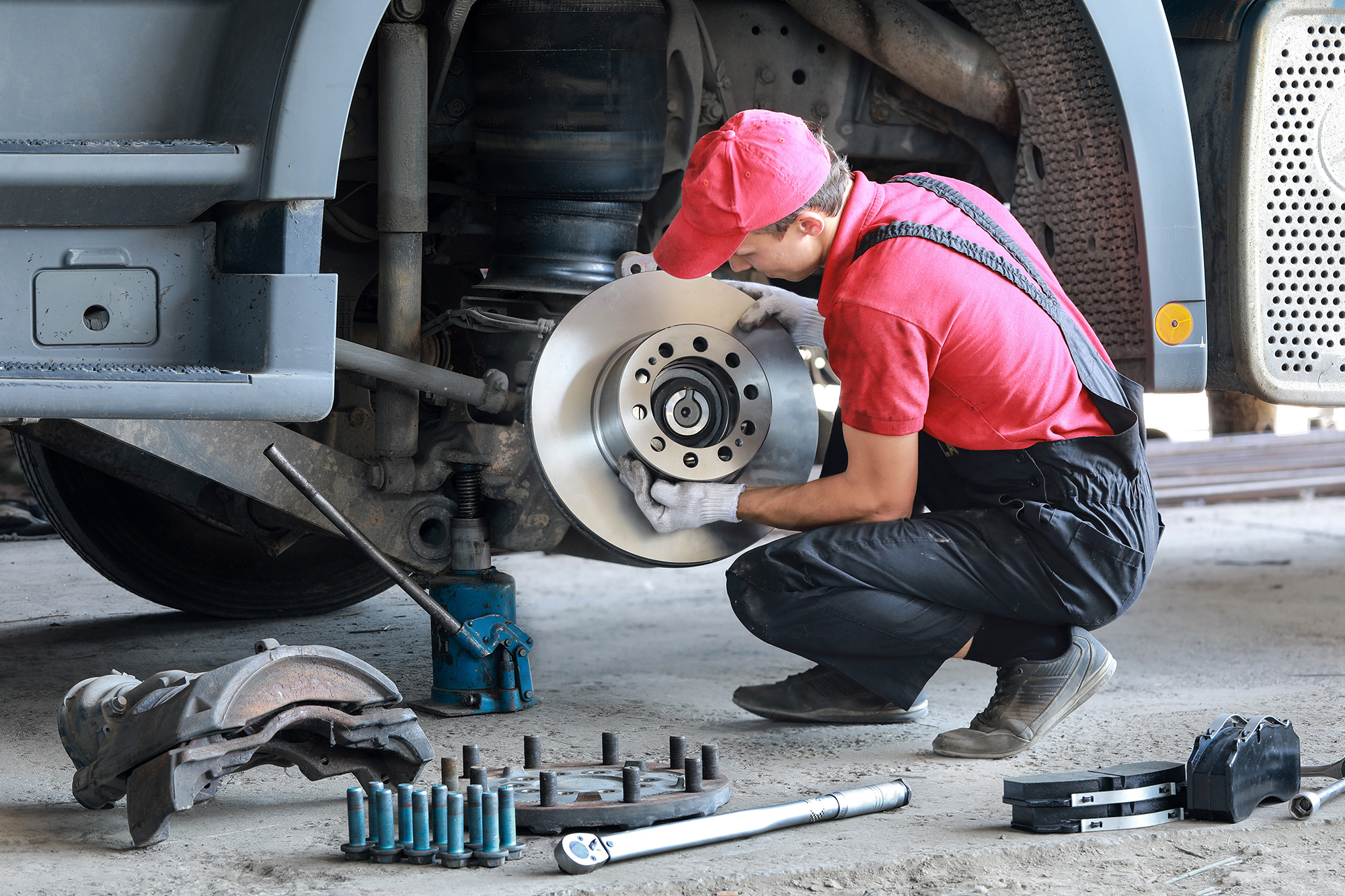Understanding the Basics
Stud pilot wheels, also known as Budd style wheels, were the prevalent choice for wheel assembly systems before the year 2000. These wheels can be visually identified by their beveled stud holes, in contrast to hub piloted wheels, which feature flat or smooth stud holes. The key distinction lies in their mechanisms: stud-piloted wheels utilize tapered lug nuts with beveled stud holes for centering, while hub piloted wheels rely on metal projections called “tangs” on the hub itself.
The Mechanisms at Play
Both systems effectively achieve wheel centering, but each has its drawbacks. Stud piloted wheels require both inner and outer cap nuts for dual assemblies, totaling 20 fasteners—twice the amount needed for hub piloted wheels, which only require 10 per assembly. The significant cost and time savings associated with hub piloted wheels have contributed to their widespread adoption in America, although stud-piloted wheels are still prevalent, especially in other countries.
Overcoming Challenges in Stud Piloted Wheels
Despite their advantages, stud-piloted wheels have challenges. The wear and tear on tangs, caused by repeated mounting and dismounting can lead to wheel misalignment, resulting in vibration and premature tire wear. To address this issue, Counteract has introduced a wheel centering sleeve that fits between the stud and stud hole, ensuring the wheel remains true and centered.
Solutions for Maintenance and Assembly
Counteract has developed stud and hub cleaning kits designed for both stud-piloted and hub-piloted wheel assemblies. These comprehensive kits include all the necessary components to efficiently remove rust and debris from mating surfaces before assembly. This proactive maintenance approach contributes to achieving proper clamping force, reducing the risk of wheel-offs and potential hazards.

Stud Cleaning Kit 13/22 Stud Brush Cleaning Kit Includes 13mm and 22mm tools with replacement brushes from 12mm to 22mm, safety glasses, and 1/2″ adaptor
Check out our web page on wheel-end maintenance kits to learn more: https://counteractbalancing.com/products/kits/
In summary, the choice between stud piloted and hub piloted wheels involves trade-offs in terms of fastener quantity, cost, and potential maintenance challenges. Understanding these differences is crucial for informed decision-making in various automotive applications.
Source:
www.buytruckwheels.com



